
Why Do We Get Sunburned?
Introduction
Ah, sunburn—the unwelcome souvenir from a day spent frolicking in the sun! We’ve all experienced that fiery, stingy feeling after a little too much fun in the sun. But what exactly happens to our skin when it gets scorched? Sunburn is more than just a painful red hue; it’s actually an inflammatory response to ultraviolet (UV) radiation. This phenomenon holds significant implications for our skin health, as repeated sunburns can lead to severe long-term effects, including skin cancer.
Understanding how sunburn occurs is crucial for prevention and health awareness. It serves as a reminder that our skin, while resilient, is not invincible. Awareness and education about sunburn can empower us to take proactive steps to protect our skin. So, let’s shine a light on the mechanisms of sunburn and its long-lasting impacts on our health, ensuring that we’re well-equipped to enjoy the sun without the burn!
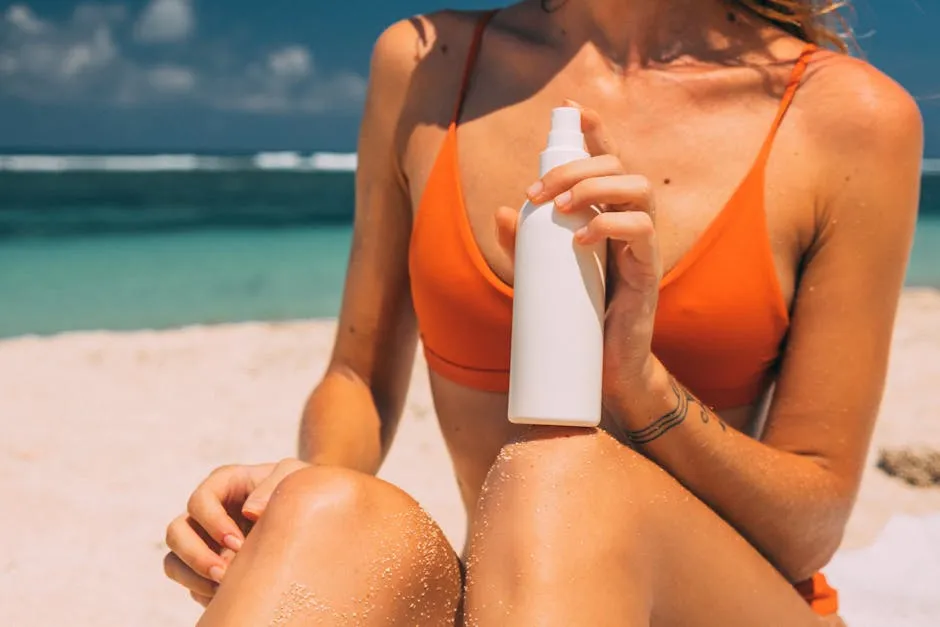
What is Sunburn?
Sunburn is an inflammatory reaction triggered by excessive exposure to UV radiation from the sun or artificial sources. When our skin is overexposed to these harmful rays, it reacts with redness, pain, and swelling. But not all sunburns are created equal.
Types of Sunburn:
- First-degree sunburn: This is the most common type, affecting only the outer layer of the skin (epidermis). Typical symptoms include redness, swelling, and tenderness. Fortunately, first-degree burns usually heal within a week and often don’t require medical treatment.
- Second-degree sunburn: This type penetrates deeper into the skin (dermis), causing blistering and more intense pain. Healing can take several weeks, and it may require more care to prevent infection.
- Rare third-degree sunburn: This severe type damages all layers of the skin, resulting in significant pain and potential complications. Third-degree burns require immediate medical attention.
Symptoms and Signs:
The symptoms of sunburn don’t just appear out of the blue. They usually start with a mild redness that develops into swelling and pain. For first-degree burns, you might notice the skin becoming hot to the touch, accompanied by tenderness and peeling a few days later.
Second-degree burns come with blisters, which may ooze and create a wet appearance. Symptoms typically peak around 12 to 24 hours after sun exposure, reminding us that the sun’s rays can wreak havoc even after we’ve retreated indoors.
In summary, sunburn is an inflammatory response to UV radiation that varies in severity and symptoms. Whether it’s the mild discomfort of a first-degree burn or the agony of a second-degree burn, understanding the nature of sunburn is essential for proper care and prevention.
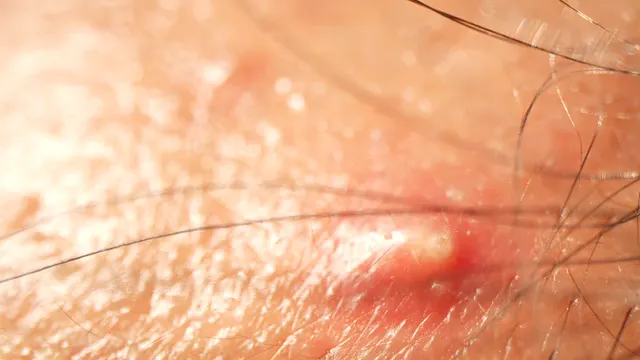
How Does Sunburn Occur?
Mechanism of Action
Sunburn happens when ultraviolet (UV) radiation from the sun hits our skin. But what exactly takes place? The sun emits three types of UV rays: UVA, UVB, and UVC. Most of us can breathe a sigh of relief because UVC rays are mostly blocked by our atmosphere. However, UVA and UVB rays can penetrate our skin and cause damage.
When UV rays reach our skin, they damage skin cells and their DNA. UVB rays primarily affect the outer layer, the epidermis, while UVA rays dive deeper into the dermis. This damage triggers a cascade of reactions in our skin. Our cells scramble to repair themselves. If the damage is too severe, the cells die off, leading to that infamous redness and inflammation. Blood vessels dilate, increasing blood flow to the area, which is why our skin turns bright red and feels hot to the touch.
Now, let’s talk melanin. This pigment is our body’s natural sunscreen. It darkens our skin to protect us from UV rays. If your skin has more melanin, you may tan instead of burn. But if you have less melanin, like our fair-skinned friends, you might end up looking like a lobster after a day at the beach.
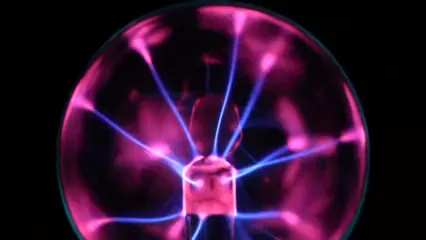
The Body’s Response
Once the skin cells detect damage, they send out distress signals, attracting immune cells to the area. This is the body’s way of saying, “Help! We’ve got a problem here!” The immune response leads to inflammation, which manifests as swelling, redness, and pain.
This process can peak 12 to 24 hours after exposure. So, that dreamy beach day might not seem so dreamy the next day! Blisters can form as the skin’s outer layers separate. This is your skin’s way of protecting itself while healing.
As the skin heals, peeling may occur. This is the body’s method of shedding the damaged cells, making room for new, healthier ones to take their place. During this time, you might feel a bit like a snake shedding its skin. But remember, while the outer layer may heal, the cellular damage from UV exposure can have long-term consequences, including an increased risk of skin cancer.

Risk Factors for Sunburn
Skin Type and Color
Not all skin is created equal! The Fitzpatrick scale classifies skin types based on their response to UV exposure.
- Type I: Pale white skin that burns easily.
- Type II: White skin that burns easily but may tan slightly.
- Type III: White skin that may burn but tans moderately.
- Type IV: Light brown skin that rarely burns and tans easily.
- Type V: Brown skin that usually doesn’t burn and tans well.
- Type VI: Dark brown to black skin that is very resistant to sunburn.
Individuals with lighter skin types are at a higher risk of sunburn. The less melanin you have, the more susceptible your skin is to UV damage.
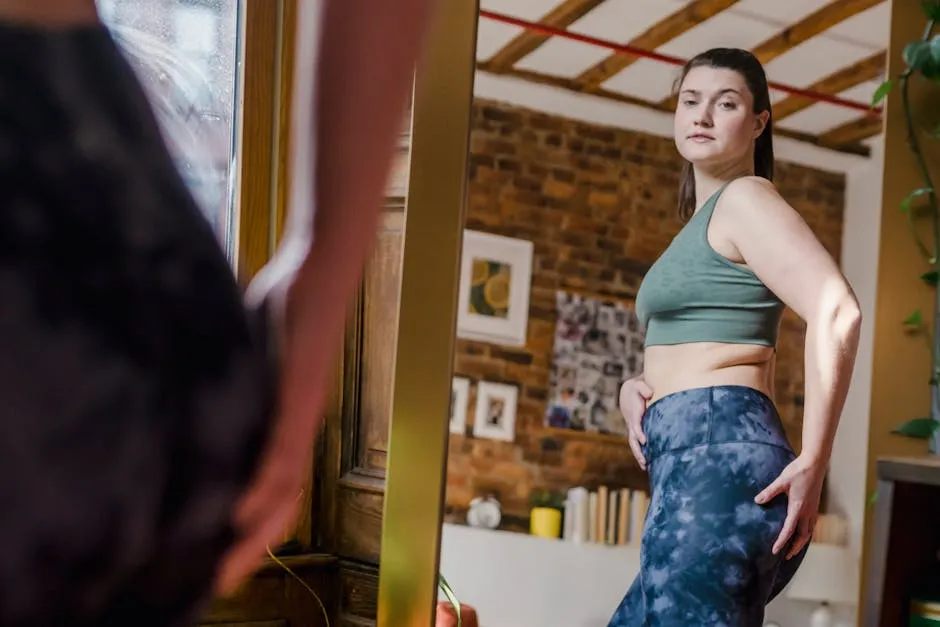
Environmental Factors
The environment plays a huge role in sunburn risk. The UV index provides a measure of the sun’s strength. Higher indices mean a greater risk of burning.
Altitude also matters! The higher you go, the thinner the atmosphere, allowing more UV rays to reach your skin. Plus, reflective surfaces like water, sand, and concrete can bounce UV rays right back at you, increasing your chances of getting burned.
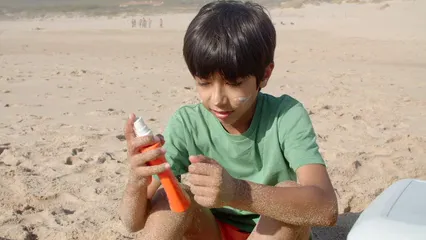
Behavioral Factors
Outdoor activities can greatly increase your risk of sunburn. Think about all those fun summer sports or lounging by the pool. If you’re someone who loves basking in the sun, you might want to rethink your sunbathing strategy. Tanning beds? They can be just as bad, if not worse, than sun exposure.

Genetics and Family History
Genetics can influence how your skin reacts to the sun. Individuals with a family history of skin cancer are at a higher risk. If your parents or siblings have had sun-related issues, it might be time to take sun safety seriously.
Repeated sunburns can lead to permanent skin damage and increase the risk of developing skin cancer later in life. So, whether you’re a sun worshiper or just enjoying a casual stroll, knowing these risk factors can help you protect your skin better.
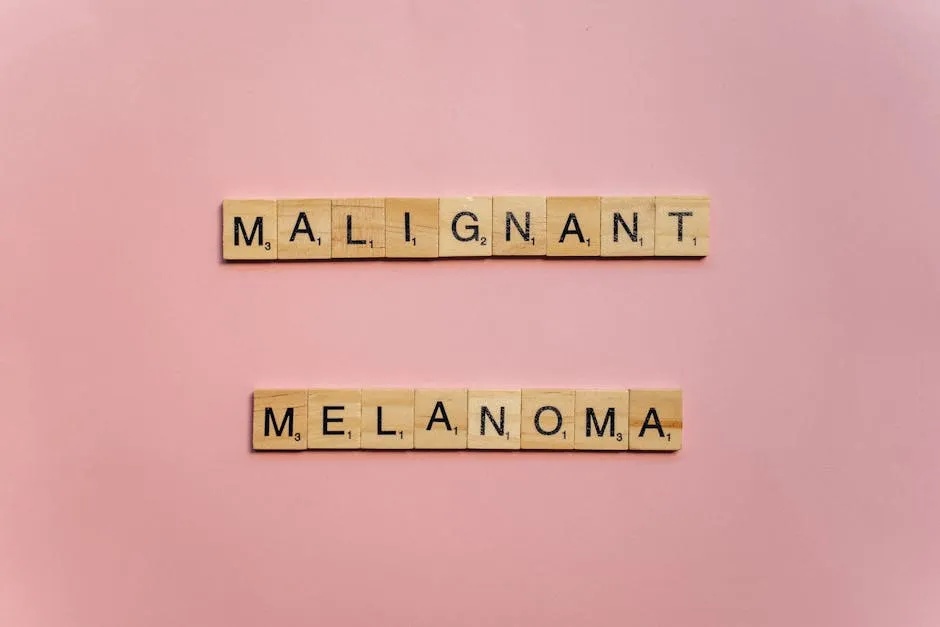
Long-term Effects of Sunburn
Immediate Aftermath
Ah, the aftermath of a sunburn! It’s like waking up after a wild party—pain and discomfort come crashing in. Initially, your skin feels hot, tight, and tender. You might even consider a personal vendetta against the sun. Redness is the skin’s way of screaming, “Hey, I’ve had enough!” This redness can escalate into severe pain. The affected area may feel like it’s on fire, and let’s not forget the delightful peeling that often follows. Skin peeling is your body’s natural response, shedding damaged cells like a snake sheds its skin. While it’s a sign of healing, it’s not exactly a charming look.
The discomfort can last for days. Blisters may form, adding to the unpleasantries. These fluid-filled bubbles are your skin’s way of protecting itself. They can be sensitive, making even the gentlest touch feel like a thousand tiny needles. If you find yourself wincing every time you accidentally brush against a couch or a shirt, know that you’re not alone in this sunburned struggle.

Long-term Skin Damage
Now, let’s talk about the long-term effects of sunburn. Repeated sunburns can take a toll on your skin, leading to premature aging. Wrinkles, sunspots, and a leathery texture can become your new companions as you age. Yes, that youthful glow may fade faster than an ice cream cone on a hot day!
But it gets worse. Studies have linked repeated sunburns to skin cancer, particularly melanoma, the deadliest form. According to research, one blistering sunburn in childhood can more than double your chances of developing melanoma later in life. The risk doesn’t stop there; basal cell carcinoma and squamous cell carcinoma are also linked to the sun’s harsh rays. Each time you expose your skin without protection, you accumulate damage. This damage can alter your skin cells’ DNA, increasing the likelihood of cancerous mutations.
Let’s not sugarcoat it: the cumulative effects of sunburn can be disastrous. Regularly getting sunburned can change your skin’s landscape, leading to significant health risks down the line. So, while that day at the beach may seem fun at the moment, the long-term consequences are anything but a walk in the park.

Prevention Strategies
Effective Use of Sunscreen
When it comes to sunscreen, think of it as your skin’s best friend. But not all sunscreens are created equal! Always choose one with an SPF of 30 or higher that provides broad-spectrum protection against both UVA and UVB rays. UVA rays can age your skin, while UVB rays are the main culprits behind sunburn. Make sure to apply it generously—about a shot glass full for your body—and don’t skimp on the reapplication! You should reapply every two hours, or after swimming or sweating. Trust us; your future self will thank you.
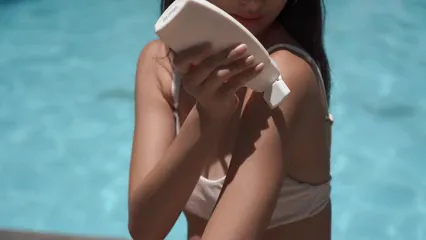
Speaking of sunscreen, consider trying a Sunscreen SPF 50. It’s the superhero your skin needs to fend off those pesky UV rays and keep you looking youthful and sunburn-free!
Protective Clothing and Accessories
Clothing can be your armor against the sun. Long sleeves, wide-brimmed hats, and UV-protective clothing can significantly reduce your risk of sunburn. Sunglasses are also essential; they protect your eyes from harmful rays while keeping you stylish. Look for sunglasses that block both UVA and UVB rays. Think of them as shields for your peepers!

Don’t forget to grab a Wide-Brimmed Sun Hat to shield your face and neck from those relentless rays. Your skin will thank you, and you’ll look fabulous while doing it!
Behavioral Changes
Timing is everything! Try to avoid the sun during peak hours, typically from 10 AM to 4 PM when UV rays are at their strongest. If you can, seek shade during these hours. Remember, even on cloudy days, UV rays can penetrate the clouds. So, staying indoors might be a smarter choice than you think!
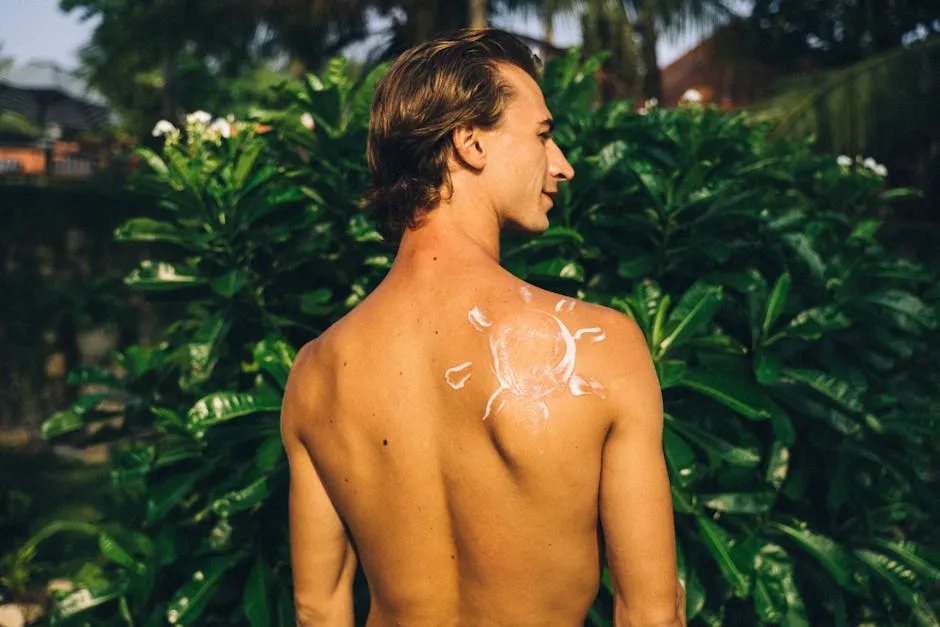
Regular Skin Checks
Finally, make regular skin checks part of your routine. Keep an eye out for any changes in your skin, such as new moles or changes in existing ones. Early detection is key to preventing skin cancer. Don’t hesitate to consult a dermatologist if you notice anything unusual. Your skin deserves the best care, so give it the attention it needs!
By adopting these strategies, you can enjoy the sunshine while keeping your skin safe and sound. And don’t forget, hydration is key! Check out this Hydration Water Bottle to keep your fluids up while you enjoy the outdoors!

What to Do If You Get Sunburned
Immediate Care
So, you’ve made the classic mistake—too much sun, not enough sunscreen. Don’t worry; you are not alone! Here’s how to treat mild to moderate sunburn effectively:
- Get Out of the Sun: First things first—retreat to the shade. Your skin is crying out for mercy!
- Cool It Down: Apply cool compresses or take a cool bath to soothe the burning sensation. Avoid ice directly on the skin; that’s just mean.
- Moisturize: After cooling, apply a gentle moisturizer or Aloe Vera Gel. These products hydrate your skin and help reduce peeling. Think of it as a spa day for your sunburned skin.
- Pain Relief: Over-the-counter pain relievers like Ibuprofen Tablets can help with discomfort and inflammation. Trust us; you’ll want to keep that pain at bay!
- Stay Hydrated: Drink plenty of water. Sunburn can cause dehydration, and nobody wants to feel like a wilted plant.
- Avoid Irritation: Wear loose, soft clothing to prevent further irritation. Your skin is sensitive right now—think gentle hugs, not tight squeezes.
- Don’t Pop Blisters: If blisters form, resist the urge to pop them. They are your skin’s way of healing and protecting itself. Popping can lead to infection—no thanks!
- Keep It Clean: If the sunburn is severe, keep the area clean and covered to prevent infection. A light bandage can offer protection.

When to Seek Medical Help
While most sunburns can be treated at home, some situations require a doctor’s attention. Look out for these symptoms:
- Extensive Blistering: If blisters cover more than 20% of your body, it’s time to call in the professionals.
- Fever or Chills: A fever over 101°F (38.3°C) or chills can indicate a more serious reaction.
- Extreme Pain: If the pain is unbearable and doesn’t improve with over-the-counter medications, seek help.
- Signs of Dehydration: Symptoms like excessive thirst, dry mouth, or dizziness warrant a visit to the doctor.
- Confusion: If you or someone else feels confused or disoriented, this is no time to play around—seek immediate medical help.
Taking care of a sunburn is essential not just for comfort but also for long-term skin health. Remember, prevention is always better than cure, so keep that sunscreen handy for your next sun-filled adventure!
Conclusion
Understanding sunburn is crucial for everyone who enjoys the sun. It’s not just about the immediate pain and discomfort; it’s about the long-term effects that can arise from repeated exposure. Recognizing the causes of sunburn, such as UV radiation and skin type, helps us make informed choices.
To enjoy sunny days safely, prioritize proactive measures. Use sunscreen with an appropriate SPF, wear protective clothing, and seek shade during peak hours. Regular skin checks can also help you catch any changes early on. Your skin deserves the best care, so don’t ignore it!
Awareness and education about sunburn can lead to healthier skin and reduce the risk of skin cancer. Embrace the sun with the right precautions, and you can enjoy those sun-soaked days without the painful aftermath. Remember, your skin is your canvas—let’s keep it glowing and healthy!
FAQs
Can you get sunburned on a cloudy day?
Absolutely! Many folks believe clouds shield them from sun exposure. Spoiler alert: that’s a sun safety myth! Up to 80% of UV rays can sneak through those fluffy white clouds. So, while you might enjoy a cool breeze on a cloudy day, your skin could still be getting zapped. Next time you’re out and about, don’t forget your sunscreen, even when the sun seems to be playing hide and seek.
Is a base tan effective protection against sunburn?
Sorry to burst that bubble! A base tan might give you a slight edge, but it’s not a reliable shield. A tan offers only about SPF 3 protection—barely enough to keep sunburn at bay. Plus, it’s important to note that any form of tanning, whether from the sun or tanning beds, increases your risk of skin cancer. So, if you think you’re safe with a little color, think again. Keep that sunscreen handy, and don’t rely on a tan for protection.
How long does a sunburn last?
The duration of a sunburn can feel like time itself is on the fritz. For mild cases, you might be looking at just a few days of discomfort before the redness fades. However, severe sunburns can hang around for weeks, leaving your skin peeling like a snake shedding its skin. The timeline depends on factors like skin type, intensity of the burn, and how well you care for your skin post-sun exposure. Remember, patience is key!
Can sunburn lead to skin cancer?
You bet it can! Sunburn is more than just a painful memory; it’s a serious warning sign. Repeated sunburns increase your risk of developing skin cancer, especially melanoma—the most dangerous type. Each time your skin suffers from UV damage, it accumulates. Over time, this can lead to dangerous mutations. So, while you might think that sunburn is just a pesky inconvenience, it’s actually a red flag for your skin health. Protecting your skin today can save you from regret tomorrow.
Please let us know what you think about our content by leaving a comment down below!
Thank you for reading till here 🙂
Understanding the causes of sunburn, such as UV radiation, is crucial for prevention. Why do we get sunburned
And if you’re planning a beach day, don’t forget your Beach Umbrella for some much-needed shade!
All images from Pexels




